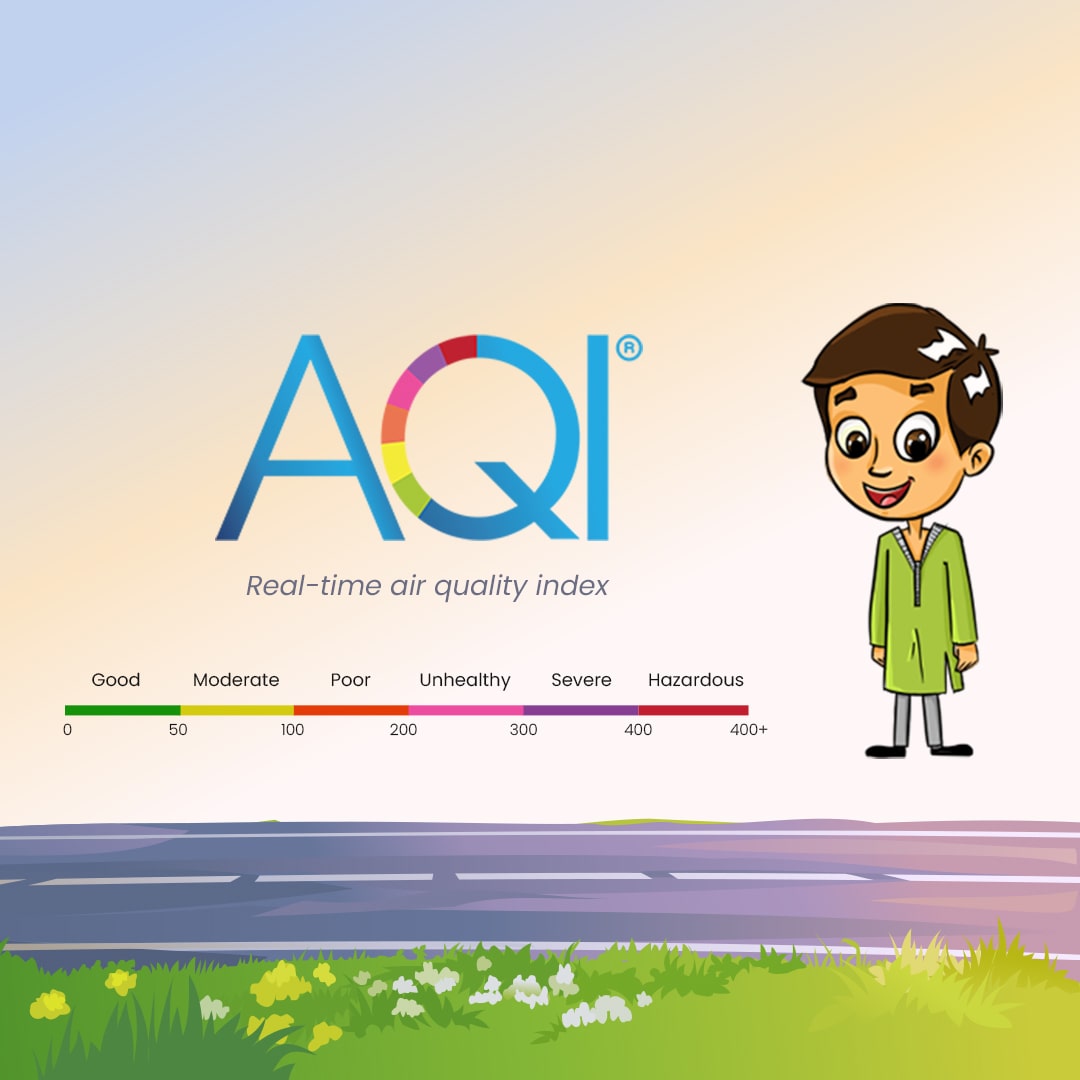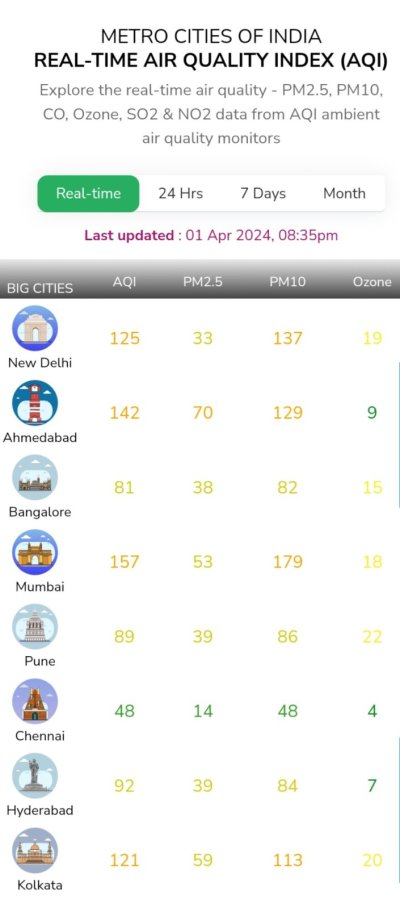I don’t want to get into my air purifier better than yours debate, but how well an air purifier works also depends on the conditions of where it’s kept. How polluted is the surrounding air, How often are the doors open, air purifier cadr vs the space a unit is covering, etc. So a specific model may works well in one scenario may not work well in another.
It’s just a fan and a hepa filter essentially. Any decent brand (Honeywell, Philips, coway, lg, Samsung, etc etc) will work, you just have to look at these 4-5 main factors, and which are more important to you.
- Hepa filter grade, grade 13 and above
- Good CADR/cfm, you can google for room size vs CADR guide
- Price (device and replacement filters)
- A good pm2.5 sensor and smart capabilities (optional)
As for me, living in Delhi NCR, air quality is crap atleast three quarters of the year (PM2.5 >100). I am really particular about keeping pm2.5 under 20, so I have an air purifier in every room hooked up to a smart plug which is integrated with apple homekit. I have three AQI monitors throughout the house which are also synced to homekit. I have automations set up where the purifier will automatically turn on and off based on configured thresholds.
I have a mix of Blueair, Honeywell, Philips and Coway air purifiers between my and my parents house. I lean more towards BlueAir 121 for living, dining and drawing rooms since it has the highest CADR, single filters last 9-10 months with continuous use and monthly cleaning. Cheapest composite filter at ~7K for continuous use. Hepa grade is 13 I think But could be wrong. For bedrooms and study I prefer coway for their filter quality but you can go with anything, Honeywells are typically good filters and really cheap devices. Honeywell aftermarket grade 13 replacement composite filters cost about 1400-1500 a pop and last good 6 months..
I have built my own AQI monitors under ~4k based on the below code with modifications. I’ve had good experience buying IoT parts from htts://www.robu.in. Alternatively you can also buy the kaiterra laser egg.

 www.aqi.in
www.aqi.in






